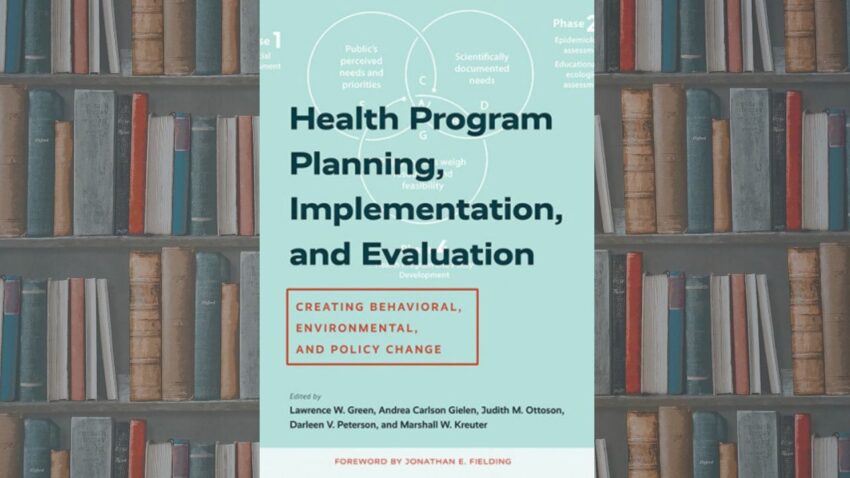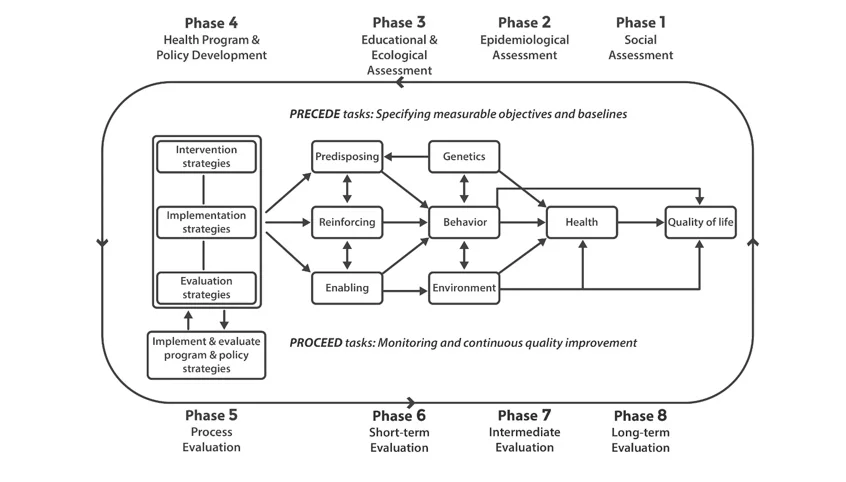
Share On Social!
Cancer health disparities. COVID-19. Climate change.
These challenges require public health leaders to create programs and policy solutions that address a complex web of factors that influence health status, from biology to social determinants and systemic inequities.
In a new book, Health Program Planning, Implementation, and Evaluation, public health education specialist Dr. Lawrence W. Green and his team of editors and chapter authors combine their expertise to offer a high-level guide to public health promotion and programming.
The book has a chapter, “Applications in Community Settings,” written by Dr. Amelie G. Ramirez and Dr. Patricia Chalela of UT Health San Antonio.
“Program and policy solutions to population health challenges require systematic planning, implementation, and evaluation. Providing students with knowledge, skills, and a range of tools, the book recognizes new approaches to communication and fresh methods for reaching a greater diversity of communities,” according to Johns Hopkins University Press, which published the new book.
The Foundation of the Book: PRECEDE-PROCEED Model
The new book is the fifth in a series covering the PRECEDE-PROCEED Model of health program planning, implementation, and evaluation.
“PRECEDE-PROCEED is a time-tested, landmark approach to health promotion and communication projects and everything that goes into making them successful,” according to Johns Hopkins University Press.
 The model emphasizes two core propositions:
The model emphasizes two core propositions:
- Health and health risks are caused by multiple factors.
- Because health and health risks are subject to multiple determinants, efforts to effect behavioral, environmental, and social change must be multidimensional or multisectoral, and participatory.
PRECEDE-PROCEED has been applied, tested, studied, extended, and verified in over 1,200 published studies and reports from around the world in community, school, clinical, workplace, and state and national settings, according to Dr. Green’s website.
“The authors highlight the importance of starting the population health planning process with an inclusive assessment of the social needs and quality-of-life concerns of the community. They explain how to assess health problems systematically in epidemiological terms and address the behavioral and environmental determinants of the most important and changeable health problems,” according to Johns Hopkins University Press. “They also cover procedures for assessing and developing the capacity of communities and organizations to implement and evaluate programs.
How Can You Promote Health Equity Where You Live?
Enter your county name to get a Salud America! Health Equity Report Card.
The report card is a data tool that auto-generates Latino-focused, local data with interactive maps and comparative gauges.
This can help you visualize and explore health-related factors in your area, such as housing, transit, poverty, and health care. You can also compare your county to the rest of the state and the nation.
Use the report card to start or support a conversation about solutions to inequities that impact your community!
Share it with local leaders and on social media!
By The Numbers
142
Percent
Expected rise in Latino cancer cases in coming years



